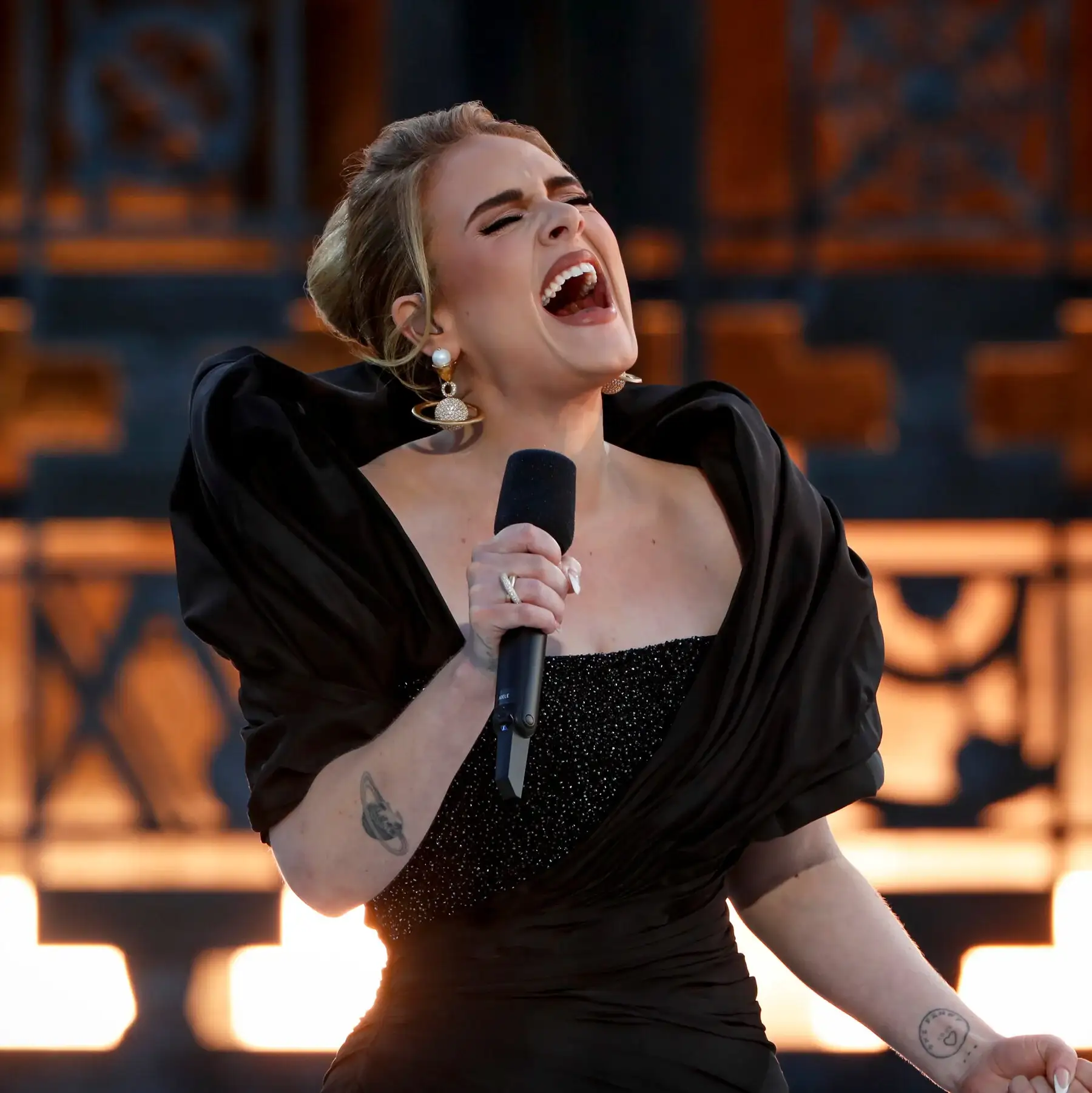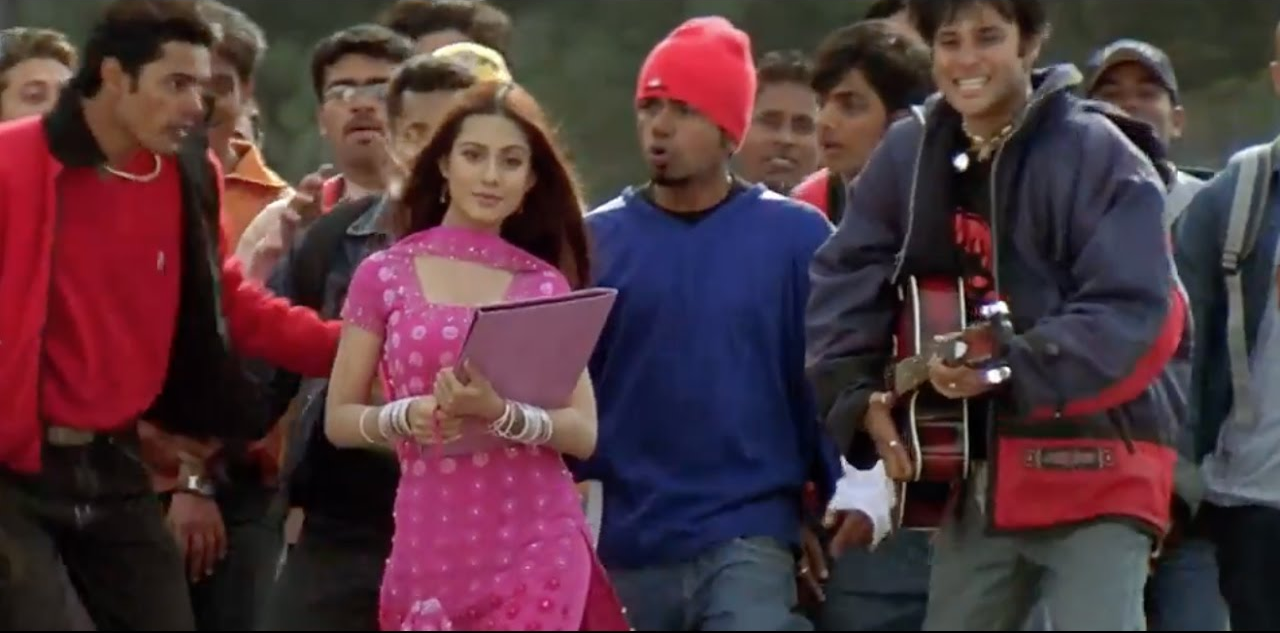Ryuichi Sakamoto Musical Style: An Exploration of His Innovative and Diverse Soundscapes
Ryuichi Sakamoto is a Japanese musician, composer, and actor who has gained worldwide recognition for his influential contributions to the music industry. Throughout his extensive career, Sakamoto has worked on numerous projects that showcase his eclectic range of musical styles and inspirations, making him a versatile and innovative artist. In this article, we will delve into the musical style of Ryuichi Sakamoto and explore the various genres and influences that have shaped his soundscapes.
Early Beginnings and Classical Training
Sakamoto was born in Tokyo in 1952 and began studying music at a young age. He showed a keen interest in the piano and was trained in the classical style, which would heavily influence his musical style later in life. In the 1970s, he joined the influential Japanese electronic band Yellow Magic Orchestra (YMO) alongside Haruomi Hosono and Yukihiro Takahashi. This would be a turning point in his career and mark the beginning of his innovative and experimental approach to music.
Electronic and Pop Influences
Sakamoto’s work with YMO showcased his love for electronic music, which was still in its infancy at the time. The band’s pioneering sound fused elements of pop, funk, and jazz with electronic beats, creating a unique and futuristic sound that would go on to influence many musicians in the years to come. Sakamoto’s solo work would continue to explore these electronic influences, blending them with a more pop-oriented sensibility.
One of Sakamoto’s most famous works is the theme for the 1983 film “Merry Christmas Mr. Lawrence,” which features a haunting piano melody that is instantly recognizable. The piece demonstrates Sakamoto’s ability to create memorable and emotional melodies, which has become a hallmark of his style. The use of synthesizers in the track also highlights his affinity for electronic music, which he would continue to explore in his later work.
Minimalism and Ambient Music
In the late 1980s, Sakamoto’s musical style began to shift towards a more minimalist and ambient approach. He began collaborating with musicians like David Sylvian and Thomas Dolby, who shared his interest in experimental and atmospheric music. Sakamoto’s 1987 album “Neo Geo” showcased this new direction, featuring spacious, ethereal soundscapes that incorporated elements of world music and traditional Japanese instruments.
Sakamoto’s interest in minimalism and ambient music would continue into the 1990s, with his album “1996” showcasing a more introspective and subdued sound. The album features minimalist piano compositions that are reminiscent of his classical training, but with a modern twist. The album’s title track, “1996,” is a beautiful example of Sakamoto’s ability to create evocative and atmospheric soundscapes that transport the listener to another world.
Collaborations and Soundtracks
Throughout his career, Sakamoto has collaborated with numerous artists from a variety of genres. His collaborations with David Sylvian, in particular, have produced some of his most memorable work, including the albums “Gone to Earth” and “Secrets of the Beehive.” These albums feature Sakamoto’s minimalist and atmospheric soundscapes, combined with Sylvian’s emotive vocals, resulting in a powerful and evocative listening experience.
Sakamoto has also made a name for himself in the world of film and television soundtracks. He has composed music for films such as “The Last Emperor,” “The Revenant,” and “Merry Christmas Mr. Lawrence,” as well as for television shows like “Wild Palms” and “Black Mirror.” His ability to create music that complements the visuals onscreen is a testament to his versatility as a composer.
![]()





